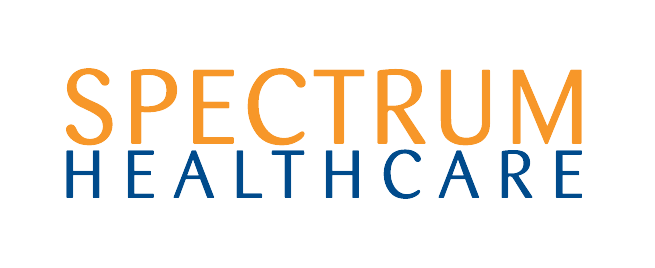
Femoroacetabular Impingement (FAI) of the Hip: Understanding the Causes and Treatment Options
Are you experiencing hip pain, stiffness, or a catching sensation during movement? You might be dealing with Femoroacetabular Impingement (FAI), a common hip condition that affects many adults. At Spectrum Healthcare in North Ryde, Macquarie Park, our experienced physiotherapists and chiropractors specialise in diagnosing and treating FAI to help you regain pain-free mobility.
What Is Femoroacetabular Impingement (FAI)?
FAI occurs when abnormal contact develops between the femoral head (the ball of your thigh bone) and the acetabulum (the socket of your pelvis). This irregular contact often results from variations in bone structure, which causes friction during hip movements. Over time, this friction can lead to pain, reduced range of motion, and joint damage if left untreated.
Recognising the Symptoms of FAI
Common signs and symptoms of hip impingement include:
- Hip stiffness and reduced mobility
Difficulty rotating or moving the hip, especially in activities requiring hip rotation. - Catching or clicking sensation
A deep clicking or catching feeling in the hip during movement, which may or may not be painful. - Lower back or buttock pain
Pain that radiates to the lower back or glutes, sometimes originating from the front of the hip. - Pain worsening with activity
Increased discomfort during sports, running, or repetitive hip movements.
How Is FAI Diagnosed?
At Spectrum Healthcare, we perform comprehensive clinical assessments that include physical examinations and detailed medical histories. To confirm a diagnosis, imaging such as X-rays or CT scans may be recommended to provide detailed views of the hip’s bony structures. Early diagnosis allows for targeted management focused on reducing pain and enhancing function.
Types of FAI
FAI is classified into three main types:
- Cam Impingement
The femoral head is slightly misshapen, causing it to jam into the acetabulum during movement. - Pincer Impingement
Excess bone growth in the acetabulum over-extends the socket, pinching the labrum. - Combined Impingement
Features both cam and pincer abnormalities, representing the most common form of FAI.
How We Can Help Manage FAI at North Ryde & Macquarie Park
Our dedicated team of physiotherapists and chiropractors specialises in the conservative management of FAI. While we can’t alter bone anatomy surgically, we focus on improving hip function, reducing pain, and preventing further joint damage through tailored treatments.
1. Personalised Exercise Rehabilitation
- Strengthening programs targeting the hip stabilisers, including glutes and core muscles.
- Functional training to restore walking, running, and daily movement patterns.
- Access to advanced technologies like the Alter-G treadmill for safe, controlled gait retraining.
2. Joint Mobilisation & Hands-On Therapy
- Techniques that restore optimal hip joint mobility.
- Manual adjustments are designed to reduce stiffness and promote circulation, easing inflammation and pain.
3. Soft Tissue Therapy
- Soft tissue release, massage, and dry needling to relax tight muscles around the hip.
- Addressing compensatory patterns to restore balanced movement.
4. Pain Management Strategies
- Modalities such as our GameReady cold therapy system to reduce inflammation and facilitate recovery.
- Education on activity modification to prevent aggravation.
When Is Surgery Recommended?
In cases where conservative treatments don’t alleviate symptoms, surgical options such as hip arthroscopy may be considered. Our team will guide you through the entire recovery process, helping you return to sport, work, and daily activities as quickly and safely as possible.
Early intervention is crucial for effectively managing FAI. At Spectrum Healthcare in North Ryde, Macquarie Park, we are committed to helping you improve your hip health through specialised physiotherapy and chiropractic care. If you experience any catching, clicking, or hip pain, contact us today on (02) 9889 3344 for a thorough assessment.
Restore your hip function—book an appointment with our specialists now!
